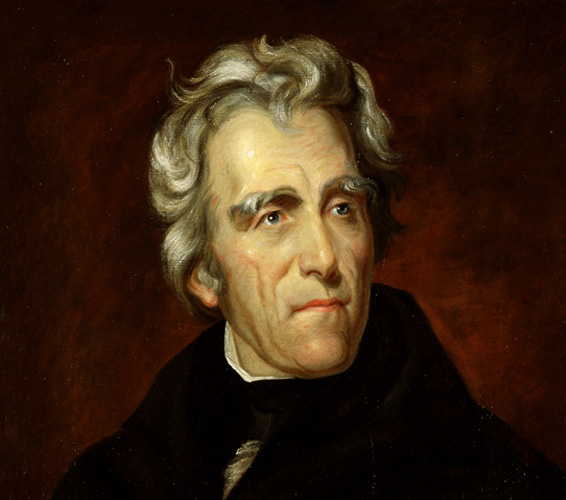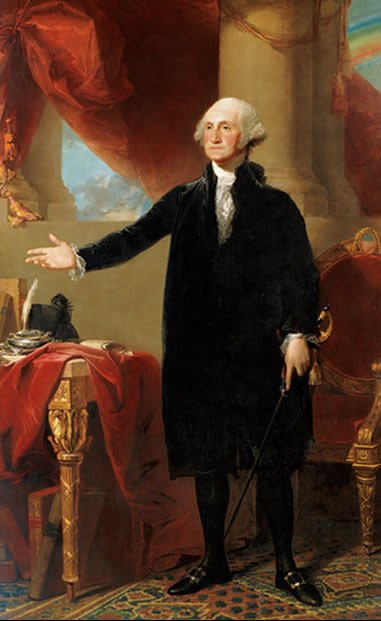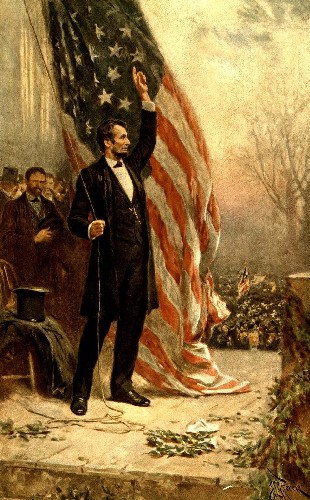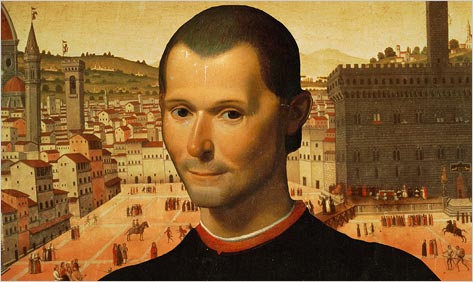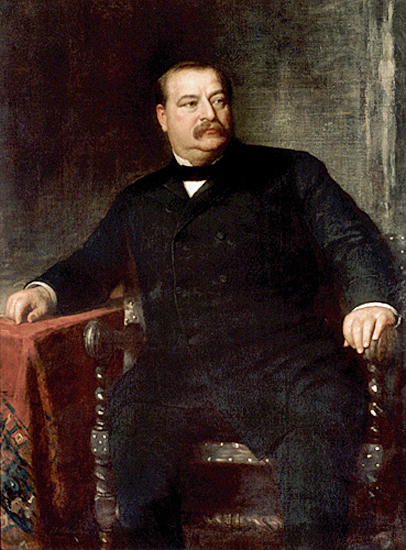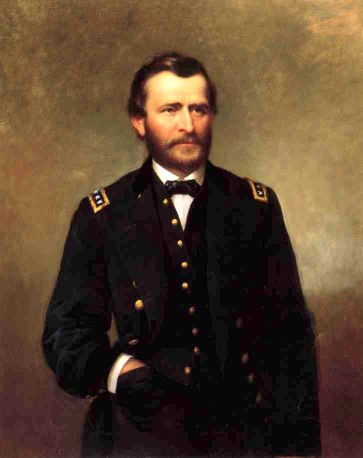
You could almost hear the sighs of relief from Mitt Romney, Newt Gingrich, and other Republican presidential hopefuls when Donald Trump announced that he would not be running as a candidate in the 2012 presidential campaign. Trump's official statement
read in part:
After considerable deliberation and reflection, I have decided not to pursue the office of the Presidency. This decision does not come easily or without regret; especially when my potential candidacy continues to be validated by ranking at the top of the Republican contenders in polls across the country. I maintain the strong conviction that if I were to run, I would be able to win the primary and ultimately, the general election.
I have spent the past several months unofficially campaigning and recognize that running for public office cannot be done half-heartedly. Ultimately, however, business is my greatest passion and I am not ready to leave the private sector...
I look forward to supporting the candidate who is the most qualified to help us tackle our country's most important issues and am hopeful that, when this person emerges, he or she will have the courage to take on the challenges of the Office and be the agent of change that this country so desperately needs. Not surprisingly, political pundits quickly began trying to decipher reasons for his decision. Some said that Trump’s business interests were at the center of it, noting that his popular reality show "Celebrity Apprentice" was renewed on NBC and he “had to decide if he was going to be back as its host or run for president.”
Others claimed that they never thought Trump would run because of the requirement that candidates file a financial disclosure form. Whatever the reasons, one thing is clear: the 2012 presidential campaign was not nearly as entertaining without Trump as a contender.
One of the more entertaining political events of the campaign was the 2011 White House Correspondents’ Association
dinner, where President Obama “exercised his revenge" after weeks of attacks from Trump, "joking that the billionaire businessman could bring change to the White House, transforming it from a stately mansion into a tacky casino with a whirlpool in the garden.”
According to
The Huffington Post:
With Trump in attendance, Obama used the White House Correspondents' Association annual dinner to mock the reality TV star's presidential ambitions. The president said Trump has shown the acumen of a future president, from firing Gary Busey on a recent episode of "Celebrity Apprentice" to focusing so much time on conspiracy theories about Obama's birthplace.Focusing on Trump's decision to fire Busey instead of rock singer Meat Loaf on a recent episode of the TV show, President Obama quipped, “These are the types of decisions that would keep me up at night. Well handled, sir.”
While he took the president’s ribbing in good humor, Trump was clearly not amused by Saturday Night Live’s Seth Meyer, who was the emcee of the event and picked up where President Obama left off. “Donald Trump has been saying he will run for president as a Republican,” Meyers said, “which is surprising, because I just assumed that he was running as a joke.
Although Trump clearly didn't enjoy Meyer’s performance, later calling parts of it inappropriate, he may have enjoyed the elegant dinner itself. According to news reports, menu items included Petite Filet Wild Mushroom and Onion Compote; Coco-Buttered Scallops; Cranberry and Tasso Risotto; Grilled Baby Zucchini, Spring Pepper, and Sun Burst Squash.
Of course, The Donald is no stranger to fine dining. His luxurious destination resort
The Mar-a-Lago Club in Palm Beach, Florida offers “an extraordinary culinary experience for its members and their guests who can choose from Continental, New World, Classical and New Caribbean cuisine."
And every Wednesday evening, according to the resort's website, guests can enjoy a
Six Star Seafood Night dinner buffet that features “a sumptuous array consisting of an appetizer table, two pound lobsters, freshly grilled fish and meat items, salads and a dessert bar accompanied by a saxophonist under the stars.”
Sounds fabulous, but if you prefer more casual fare, you might like to try a delicious Mar-a-Lago Turkey Burger, which got rave reviews from none other than
Oprah Winfrey herself. “I believe [it] may be the best turkey burger in the entire world," she was quoted as saying in an article posted on her website.
If you'd like to whip up some Mar-a-Lago Turkey Burgers this week, here is the original recipe from
Oprah.com:
1/4 cup thinly sliced scallions
1/2 cup finely chopped celery
3 Granny Smith apples , peeled and diced
1/8 cup canola oil
4 pounds ground turkey breast
2 Tbsp. salt and 1 Tbsp. black pepper
2 tsp. Tabasco® chipotle pepper sauce
1 lemon, juiced and grated zest
1/2 bunch parsley , finely chopped
1/4 cup Major Grey's Chutney, pureed
Sauté the scallions, celery and apples in the canola oil until tender. Let cool. Place the ground turkey in a large mixing bowl. Add sautéed items and the remaining ingredients. Shape into eight 8-ounce burgers. Refrigerate for 2 hours. Season the turkey burgers with salt and pepper.
Place on a preheated, lightly oiled grill. Grill each side for 7 minutes until meat is thoroughly cooked. Let sit for 5 minutes. Serve with a side of Mar-a-Lago Pear Chutney and your favorite toasted bread, pita or hamburger roll.
For
5 Wild and Crazy Presidential Elections and Inaugurations,click
here
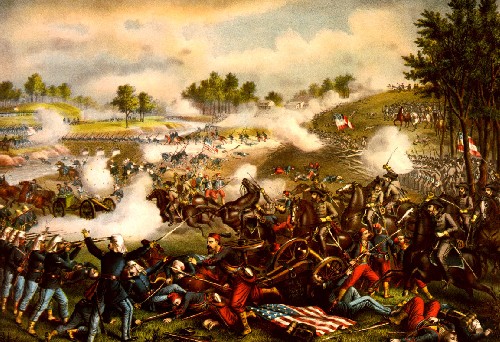 At the end of the Civil War, the South lay in ruins. Southern plantations and entire cities had been destroyed during the war. Without food, many southerners starved to death, and some of those who survived lost everything they owned.
At the end of the Civil War, the South lay in ruins. Southern plantations and entire cities had been destroyed during the war. Without food, many southerners starved to death, and some of those who survived lost everything they owned. 




